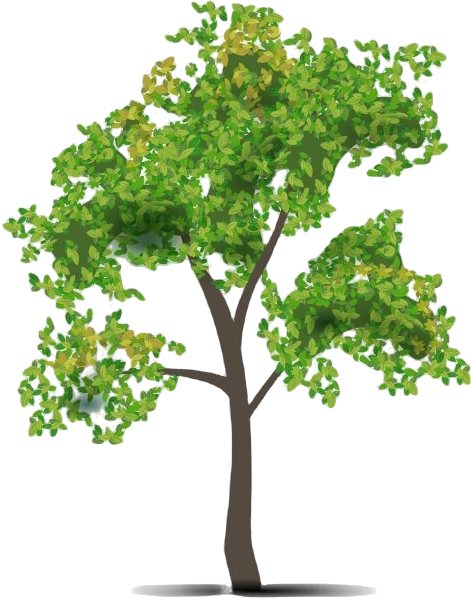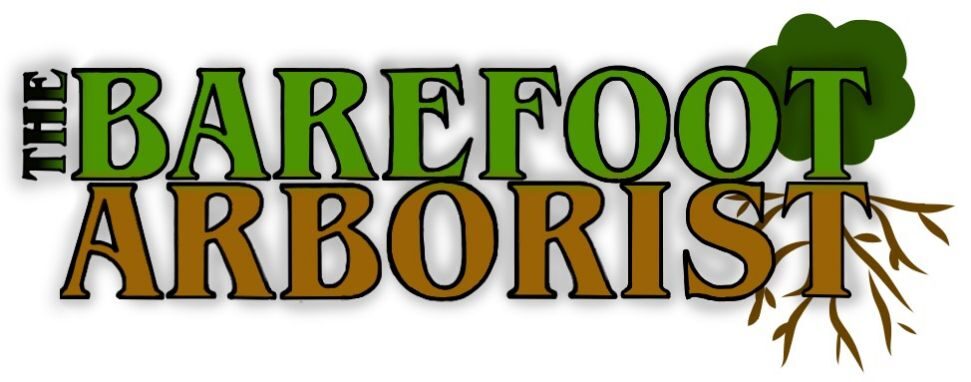ALERT: Problems with Golden Spotted Oak borer or other problems causing tree decline???
If you own mature Oaks, they are threatened by this exotic beetle. They must be treated or they are likely to become infected and die.
Currently Fire Safe Councils (FSC) are a valuable resource for property owners. The FSC can help with fire abatement, dead and dying trees and now Oak trees suffering with Golden Spotten Oak Borer, commonly known as GSOB.org.
The mighty Oak is defenseless against this exotic, invasive insect. The FSC has a grant to help you treat your Oaks. If you own Oak trees and want to steward them properly, you will need to treat them somehow. If you want more information, call or visit your county’s Agricultural Commissioner. If you want a discount and guaranteed protection of your specimen Oak, call or visit your local FSC.
If you have other tree questions, please call a Certified Arborist with the International Society of Arboriculture (isa-arbor.com).
Simply type in your zip code to find one in your area.
“So what’s all the ballyhoo about the Oak trees?”
Oak trees are a keystone species of the forest. Essentially the backbone of our forest ecosystem. Other trees like Saguaro Cactus, Maple, and Cherry, along with animals like Sharks, Wolves, Bears and Bees are also keystones. Simply put, without the Oak trees, our forest food webs will collapse and the ecosystem as we know it will fail. This is a fact which applies to Oaks everywhere, making this strong, majestic and long-lived tree one of the most important species ON THE PLANET!!!
For comparison, there are 10 or so varieties of Cedar with only 4 true species, 40 to 50 Ash, 50 Saguaro varieties, 56 Fir, 110 Pines, 132 Maples and around 430 species of Cherry. However, Oaks have an impressive 531 species!! They occur in cool to arid and even tropical climates. About half occur in the Americas with about 150 in N.W. Mexico alone. You will also find them in Europe, Asia (100 in China), and North Africa. Few plants are as important to indigenous people, especially a food source with 18% fat, 6% protein, and 75% carbs arriving in the fall. Besides the acorns, every part of the tree was utilized for either medicine, tools, basket making or shelter.
Oaks even depend on themselves. They provide biomass which creates a duff layer critical to their longevity. Tree health of ANY species is negatively affected by the removal of this active layer of neatly placed and composted leaf litter along with other tree parts. Without it, the trees are more vulnerable to drought and more susceptible to pest infestations. First and foremost, a mulch layer of any kind provides insulation for the roots, buffering upper soil temperatures which in turn holds in more water. Even gravel can offer these same benefits. However, nothing can replace the benefits of a natural Oak duff layer, decades in the making, provides public housing for a myriad of beneficial micro-organisms.
There are 30+ species of living organisms with the Oak tree in their life cycle. Whether they help the Oak or not, they provide essential resources to maintain the biodiversity of the forest. One symbiont providing an advantage is Mycorrhizal fungi, which cannot complete its life cycle without the Oak roots. The fungal “roots”, or hyphae, enter the feeder roots which in turn increases surface area capable of water and food uptake for the tree as well as the fungus. Because they help each other to live out their biological potential they are referred to as symbionts. Others keep pathogens in check. This system for nutrient cycling has been developing naturally since time unknown. Without this complex organization, the Oaks suffer, the same way you would without good bacteria in your gut to properly digest food.
There are several laws and ordinances protecting these majestic giants but it’s not enough. Everyone who owns an Oak tree needs to take tree stewardship seriously. Our ecosystem depends on you!
TREE INFO:
ONE MATURE TREE CAN:
Provide habitat for a variety of other life forms including birds and mammals.
Help capture up to 50,000 gallons of stormwater runoff, reducing soil erosion
Provide a full day’s worth of oxygen for up to four people
Absorb up to 7,000 dust particles per litre of otherwise unfiltered air
Create the net cooling effect of ten air conditioners running 20 hours a day
For more information: treesaregood.org – arborday.org – ucanr.edu – nfwf.org

OTHER INFORMATION:
TREES ARE VALUABLE
Property values of landscaped homes are 5%– 20% higher than non-landscaped homes.
Air conditioning costs are lower in a tree-shaded home; and heating costs are reduced when a home has a windbreak.
Individual trees have value that is affected by size, condition, and function. In general, the larger and healthy the tree, the higher the value.
INTEGRATED PEST MANAGEMENT
IPM usually combines several methods and options for long-term pest management, control and prevention.
Effective IPM requires knowledge of pest biology, pest identification, and an understanding of the different control measures available.
Protect beneficial insects by avoiding certain pesticide applications like canopy sprays. Use bio-control
wherever possible.
www.treesaregood.org
www.ipm.ucanr.edu
